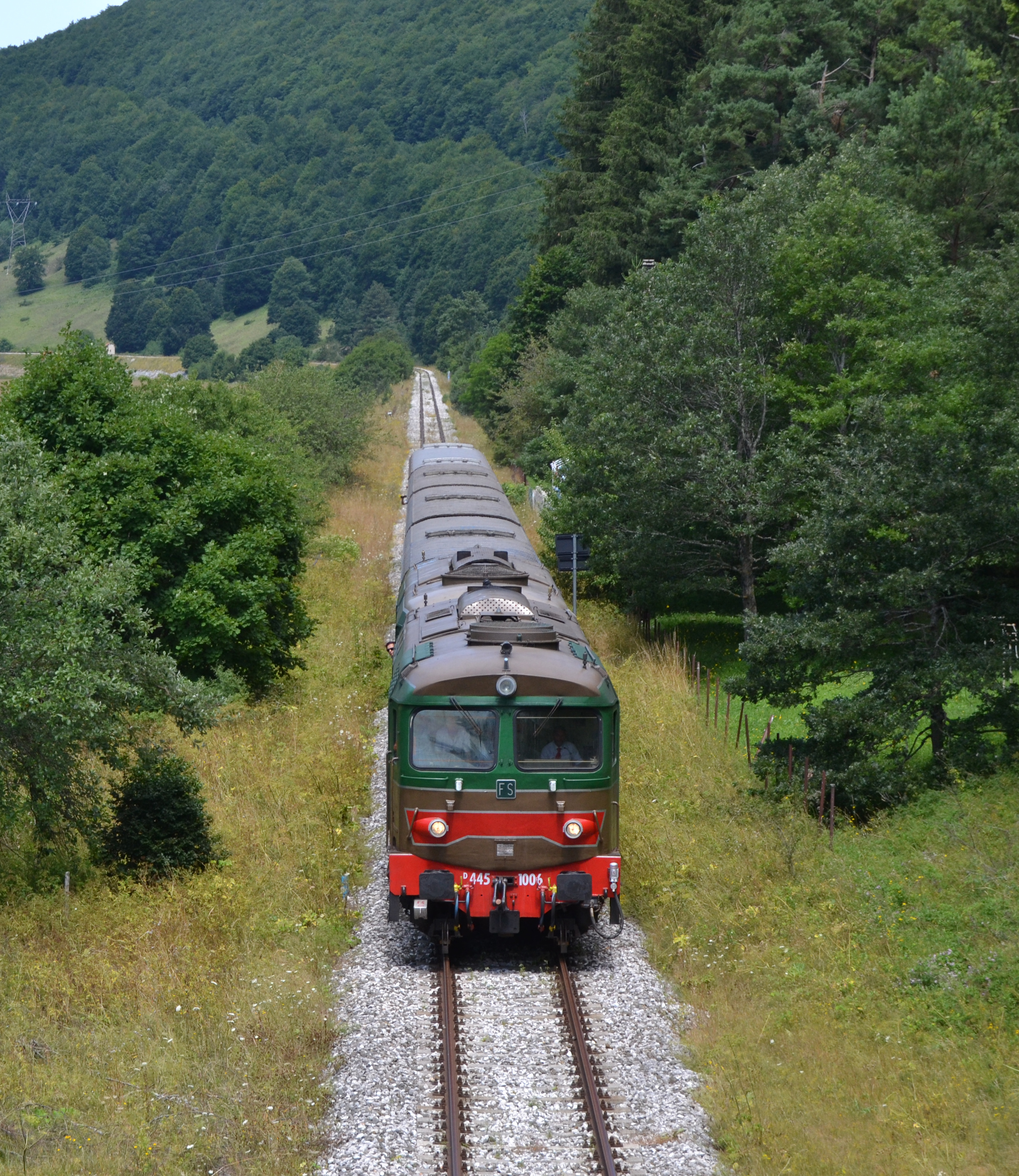Over the years a number of recovery projects across the entire railway spectrum have been set in motion. The FS Foundation does not only arrange heritage train journeys, but it also gathers documentary material in its archives and is gaining visibility amongst the wider public thanks to the guided tours held in its museums and repair workshops.
The investments made from 2014 onwards, have largely been repaid with the tremendous public success achieved. This testifies to the tangible interest in rail-related activities and in this new kind of tourism. Our data shows, in fact, continuous growth, highlighting the fact that many new development possibilities lie ahead for the FS Foundation.
From 2014 (its first year of activity) to 2020 the FS Foundation has focused its efforts on four main areas:
The FS Foundation has over 400 items of rolling stock, including steam locomotives, railcars and coaches, all from different historical periods. Examples range from the Bayard’s twin locomotive which ran on the first Italian railway from Naples to Portici to the “Arlecchino” and “Settebello” EMUs which were operating from the 1950s.
The museums and the maintenance workshops are both places of knowledge and hubs of activity. The National Railway Museum at Pietrarsa (link), the Railway Museum at Trieste Campo Marzio (link) and and the workshops in Pistoia, La Spezia Migliarina and Milan are examples of industrial archaeology housed in historic buildings but they are also modern places of work where rolling stock is preserved and repaired and where, through an immersive experience, the public can better comprehend the railway world.
Disused routes are also part of the Foundation’s tourist offer. Through the “Binari senza Tempo” project, 10 routes which had ceased to be of any use to regular transport have now been recovered and set aside for leisurely and ecological tourist initiatives and are a perfect backdrop to herritage train journeys.
The new Archives portal, is the perfect home for all the material which describes in detail over 150 years of Italian railway history. Over 13,000 drawings, 60,000 photographs,150 newsreels and 400 timetables have been restored and digitalized, and are now available for consultation for enthusiasts and experts alike.


The success of the first few years has inspired us to continue along the same track, taking on board new ideas. Here are some of the projects the FS Foundation will be developing or launching in the near future.